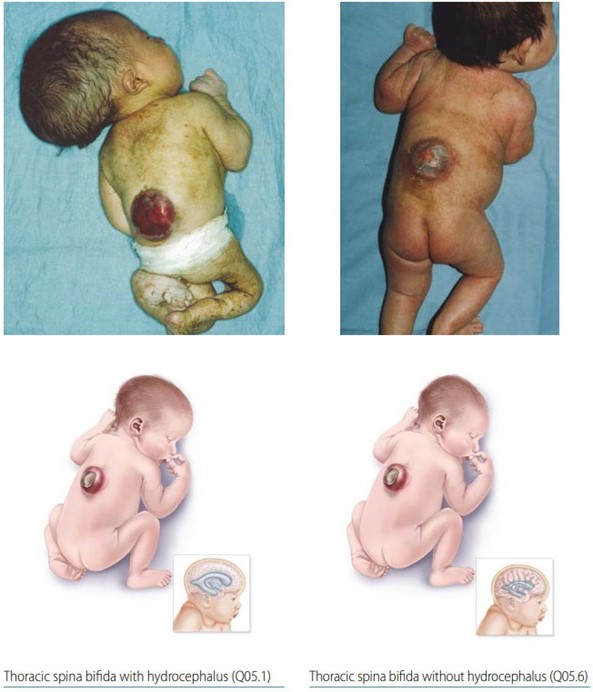A nurse is caring for an infant who has diaper dermatitis. Which of the following actions should the nurse take?
Apply a light layer of talcum powder with each diaper change.
Change to cloth diapers until the skin is healed.
Expose the excoriated area to hot air frequently.
Use a moisturizer to wipe urine from the skin.
The Correct Answer is D
a. Talcum powder is not recommended for use with infants because it can be inhaled, potentially causing respiratory problems. Instead, a barrier cream or ointment (such as zinc oxide or petroleum jelly) should be used to protect the skin from moisture and irritants.
b.While cloth diapers can be less irritating than some disposable diapers, they may not be as effective at keeping the skin dry. The priority is to keep the area dry and clean, regardless of the type of diaper used. Super-absorbent disposable diapers are often recommended because they can help keep the skin dry.
c. Exposing the skin to hot air can cause burns and further irritation. Instead, allowing the skin to air dry naturally (without the use of hot air) during diaper changes can be beneficial.
d. A moisturizer creates a barrier between the skin and irritants like urine and stool. Wiping with a moisturizer can minimize friction during cleaning, which can be uncomfortable for the baby and further irritate the skin. Some moisturizers can help soothe and hydrate the inflamed skin, promoting healing.
Nursing Test Bank
Naxlex Comprehensive Predictor Exams
Related Questions
Correct Answer is C
Explanation
Neural tube defects are birth defects of the brain, spine, or spinal cord that happen in the first month of pregnancy.
Spina bifida is a neural tube defect that affects the spine.
Choice A, Hydrocephalus, is not a neural tube defect but rather a condition where there is an accumulation of cerebrospinal fluid within the brain.
Choice B, Cerebral palsy, is not a neural tube defect but rather a group of disorders that affect movement and muscle tone or posture.
Choice D, Muscular dystrophy, is not a neural tube defect but rather a group of genetic diseases that cause progressive weakness and loss of muscle mass.

Correct Answer is B
Explanation
According to the CDC, one of the individual risk factors for suicide is a previous suicide attempt.
Choice A is not the answer because while substance abuse is a risk factor for suicide, it is not the priority risk factor for suicide completion in this case.
Choice C is not the answer because while loss of relationships can contribute to
suicide risk, it is not the priority risk factor for suicide completion in this case.
Choice D is not the answer because while a history of mental illness is a risk factor for suicide, it is not the priority risk factor for suicide completion in this case.

Whether you are a student looking to ace your exams or a practicing nurse seeking to enhance your expertise , our nursing education contents will empower you with the confidence and competence to make a difference in the lives of patients and become a respected leader in the healthcare field.
Visit Naxlex, invest in your future and unlock endless possibilities with our unparalleled nursing education contents today
Report Wrong Answer on the Current Question
Do you disagree with the answer? If yes, what is your expected answer? Explain.
Kindly be descriptive with the issue you are facing.
